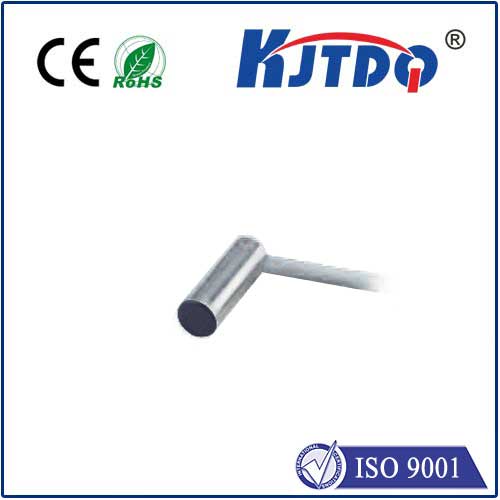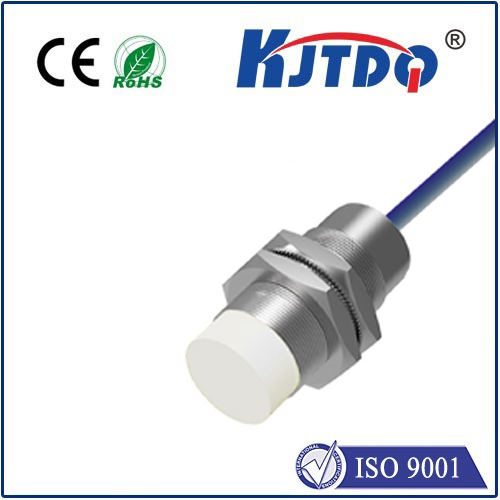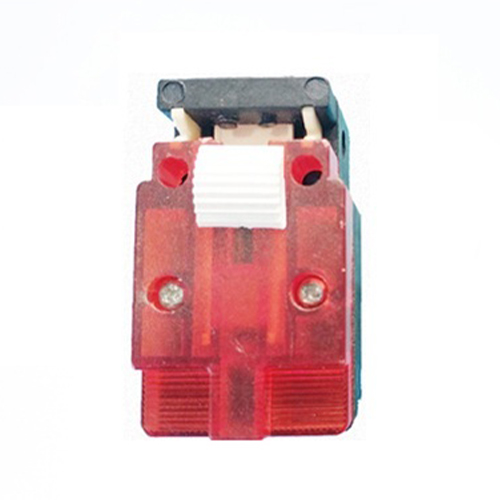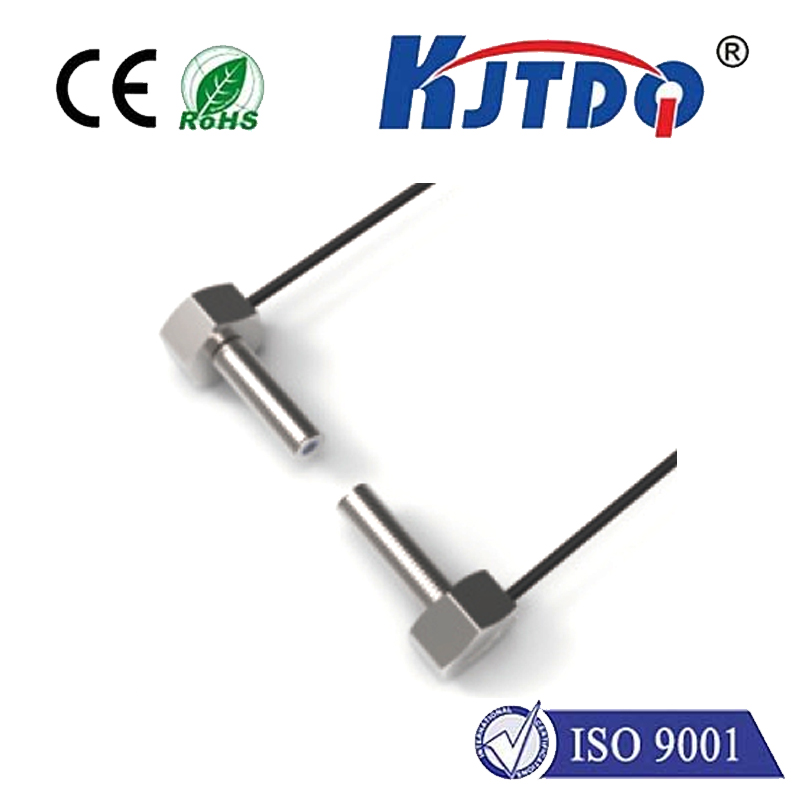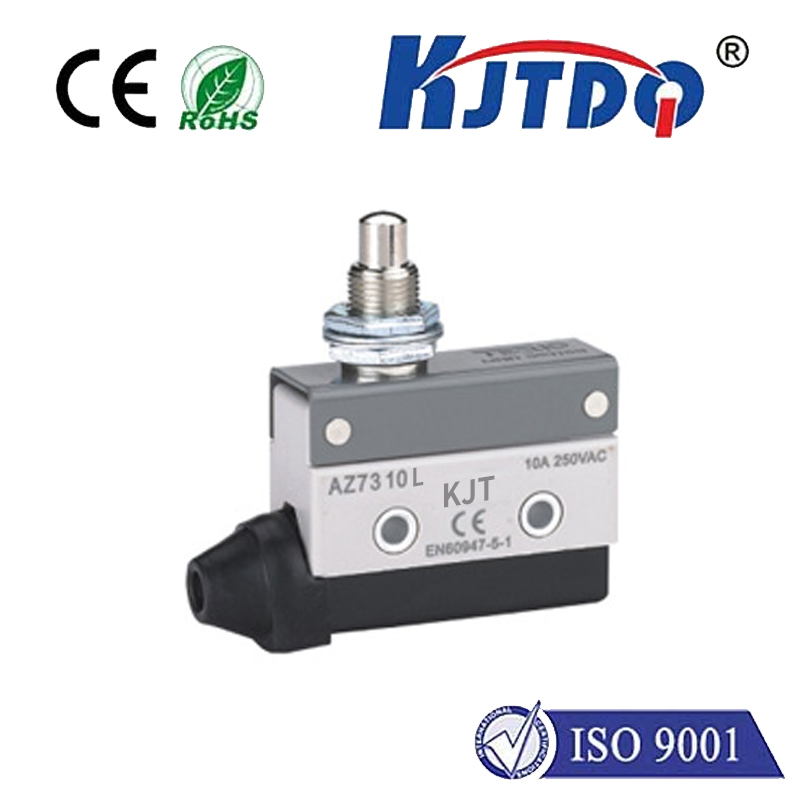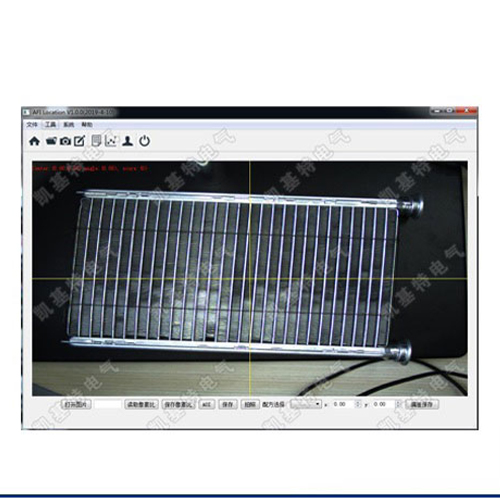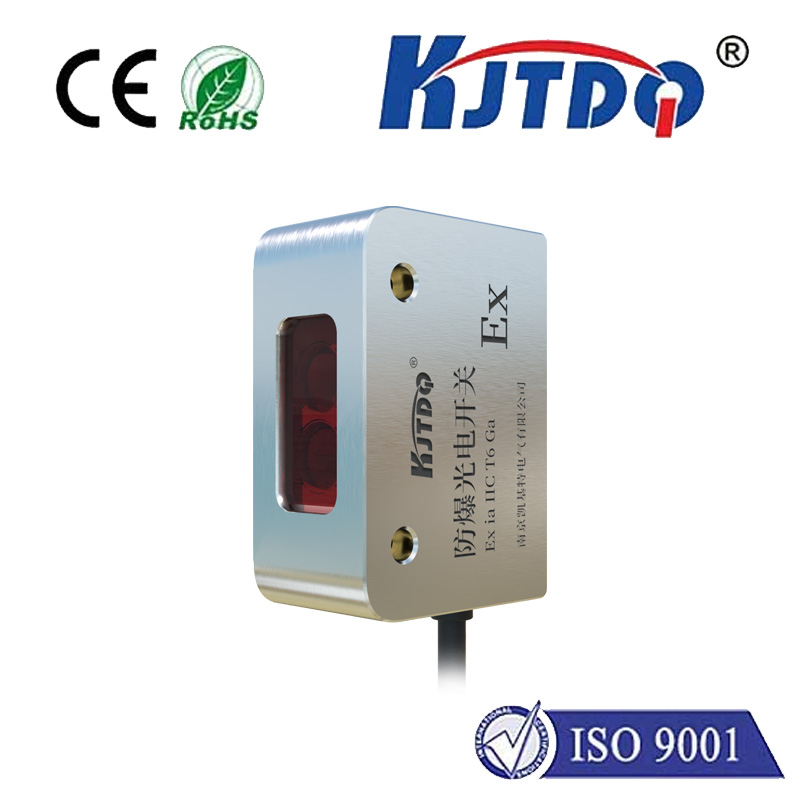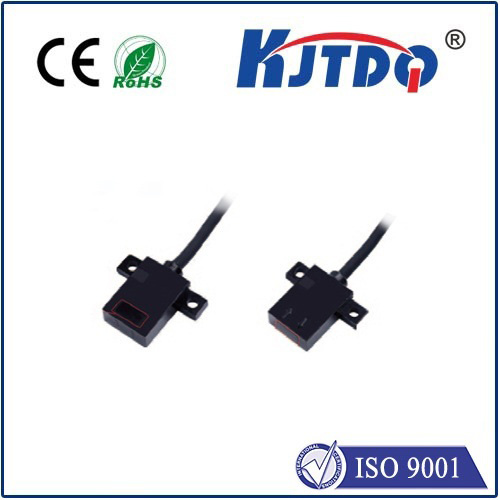Understanding Linear Speed Sensors: The Key to Precision Motion Control In the world of automation and motion control, precision is everything. Whether it’s in manufacturing, robotics, or transportation, the ability to measure and monitor speed accurately can make or break a system’s performance. This is where linear speed sensors come into play. These devices are essential for ensuring smooth, efficient, and reliable operations in countless applications. But what exactly are linear speed sensors, and why are they so critical? Let’s dive in to explore their functionality, types, and real-world uses.
А.Линейный датчик скорости is a device designed to measure the speed of an object moving in a straight line. Unlike rotational speed sensors, which measure the speed of spinning objects, linear speed sensors focus on translational motion. They are often used in systems where precise control of linear movement is required, such as conveyor belts, elevators, or even high-speed trains. The core principle behind a linear speed sensor is to detect the rate at which an object moves past a fixed point. This is typically achieved through various technologies, including magnetic, optical, and inductive sensing. The choice of technology depends on the specific application and the environment in which the sensor operates.
The operation of a linear speed sensor depends on its type. Here are the three most common technologies used:
Magnetic Sensors: These sensors use a magnet and a coil to detect motion. As a magnetic object passes by, it induces a voltage in the coil, which is proportional to the speed of the object. Magnetic linear speed sensors are known for their durability and ability to work in harsh environments.
Optical Sensors: These sensors rely on light to measure speed. A light source emits a beam, and a photodetector captures the reflections as an object moves past. By analyzing the frequency of these reflections, the sensor calculates the object’s speed. Optical linear speed sensors are highly accurate but can be sensitive to dirt and debris.
Inductive Sensors: Inductive sensors use electromagnetic fields to detect metallic objects. When a metal object moves through the field, it causes a change in the sensor’s inductance, which is used to determine speed. These sensors are ideal for industrial applications where metal components are involved.
Linear speed sensors are indispensable in a wide range of industries. Here are some of their most common uses:
Производство: In assembly lines, linear speed sensors ensure that conveyor belts operate at the correct speed, preventing bottlenecks or overproduction.
Транспорт: High-speed trains and vehicles use these sensors to monitor and control their velocity, ensuring safety and efficiency.
Робототехника: Robots often require precise linear motion control, especially in tasks like pick-and-place operations or CNC machining.

Лифты и лифты: These sensors help maintain consistent speeds, ensuring smooth and safe rides for passengers.
Аэрокосмическая промышленность: In aircraft, linear speed sensors are used to monitor the movement of components like landing gear or control surfaces.
The advantages of incorporating linear speed sensors into a system are numerous:
Точность: These sensors provide precise speed measurements, which are crucial for applications requiring tight tolerances.
Надежность: Designed to withstand demanding conditions, linear speed sensors offer long-term performance with minimal maintenance.
Многогранный.: With various types available, these sensors can be tailored to suit different environments and requirements.
Безопасность: By ensuring that machinery operates at the correct speed, these sensors help prevent accidents and equipment damage.
Эффективность затрат: By optimizing processes and reducing downtime, linear speed sensors contribute to overall cost savings.
Selecting the appropriate Линейный датчик скорости for your application involves considering several factors:
Environment: Will the sensor be exposed to extreme temperatures, moisture, or vibrations? Choose a sensor designed to withstand these conditions.
Материалы: The type of material being measured (metal, plastic, etc.) can influence the choice of sensor technology.
Accuracy Requirements: High-precision applications may require optical sensors, while industrial environments might benefit from magnetic or inductive sensors.
Installation: Consider the ease of installation and whether the sensor can be integrated seamlessly into your system.
Budget: Balance the cost of the sensor with its performance and durability to ensure value for money.
As industries evolve, so do the technologies that support them. Recent advancements in linear speed sensors include:
Miniaturization: Smaller sensors are being developed for use in compact devices and applications.
Wireless Connectivity: Sensors with wireless capabilities allow for easier installation and data collection.
Smart Sensors: Integrated with IoT (Internet of Things) technology, these sensors can provide real-time data and predictive maintenance insights.
Enhanced Durability: New materials and designs are improving the resilience of sensors in extreme environments.
In a world increasingly driven by automation and precision, linear speed sensors have emerged as a cornerstone technology. Their ability to measure and control linear motion with accuracy and reliability makes them indispensable across a wide range of industries. Whether you’re optimizing a manufacturing process, ensuring the safety of transportation systems, or enhancing the performance of robotics, these sensors play a vital role. As technology continues to advance, we can expect even more innovative and efficient solutions from the world of linear speed sensors.
